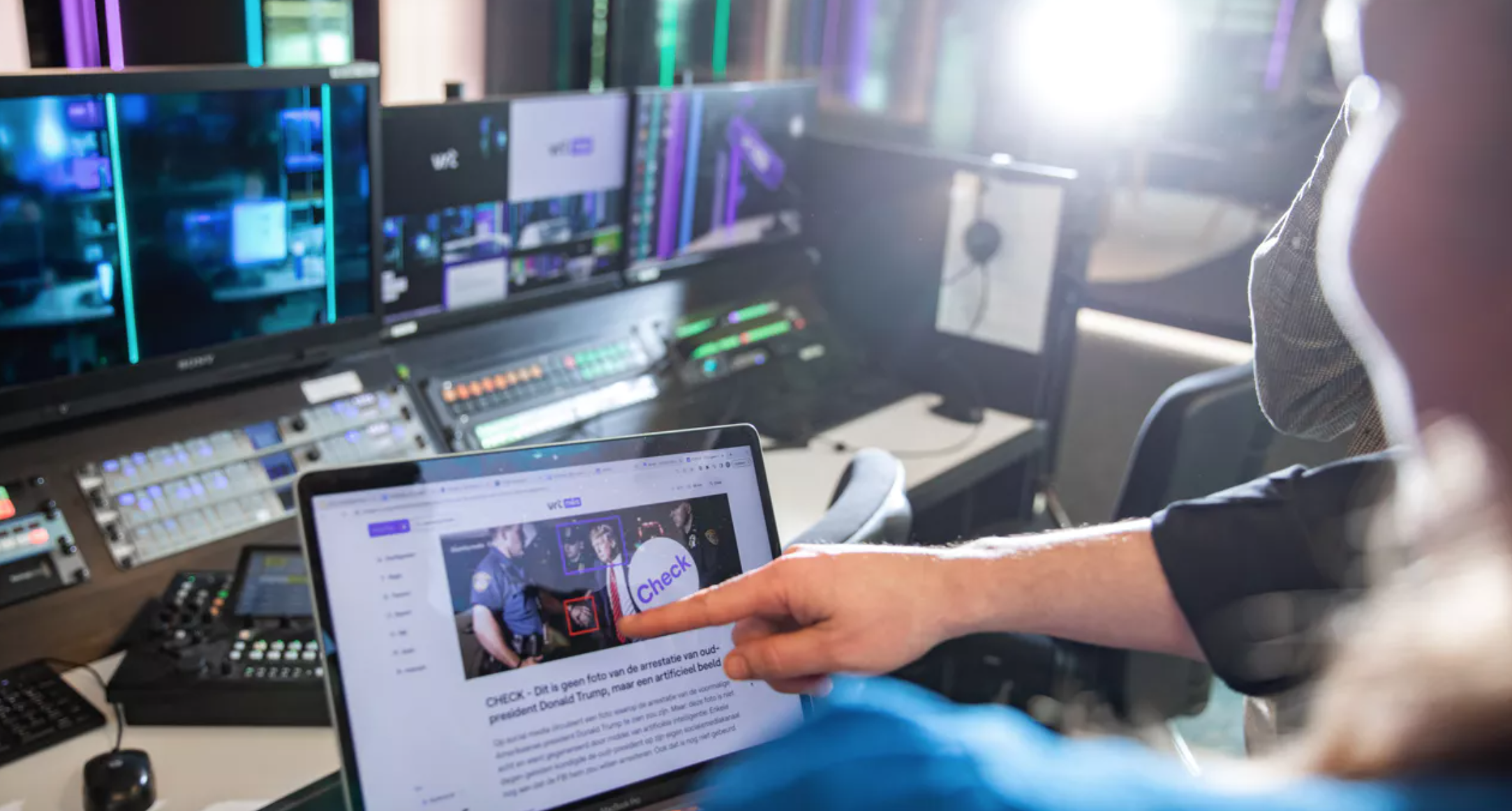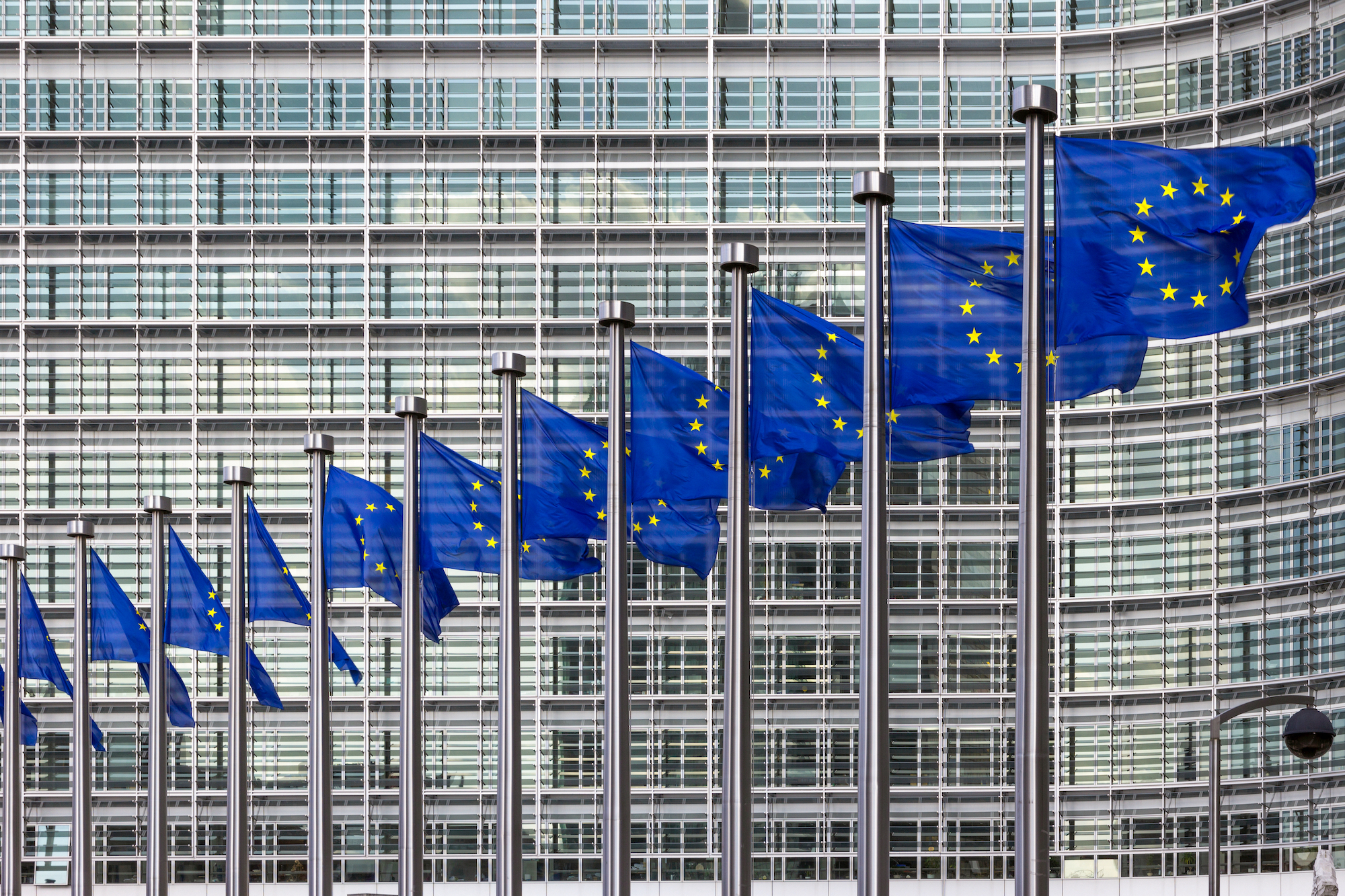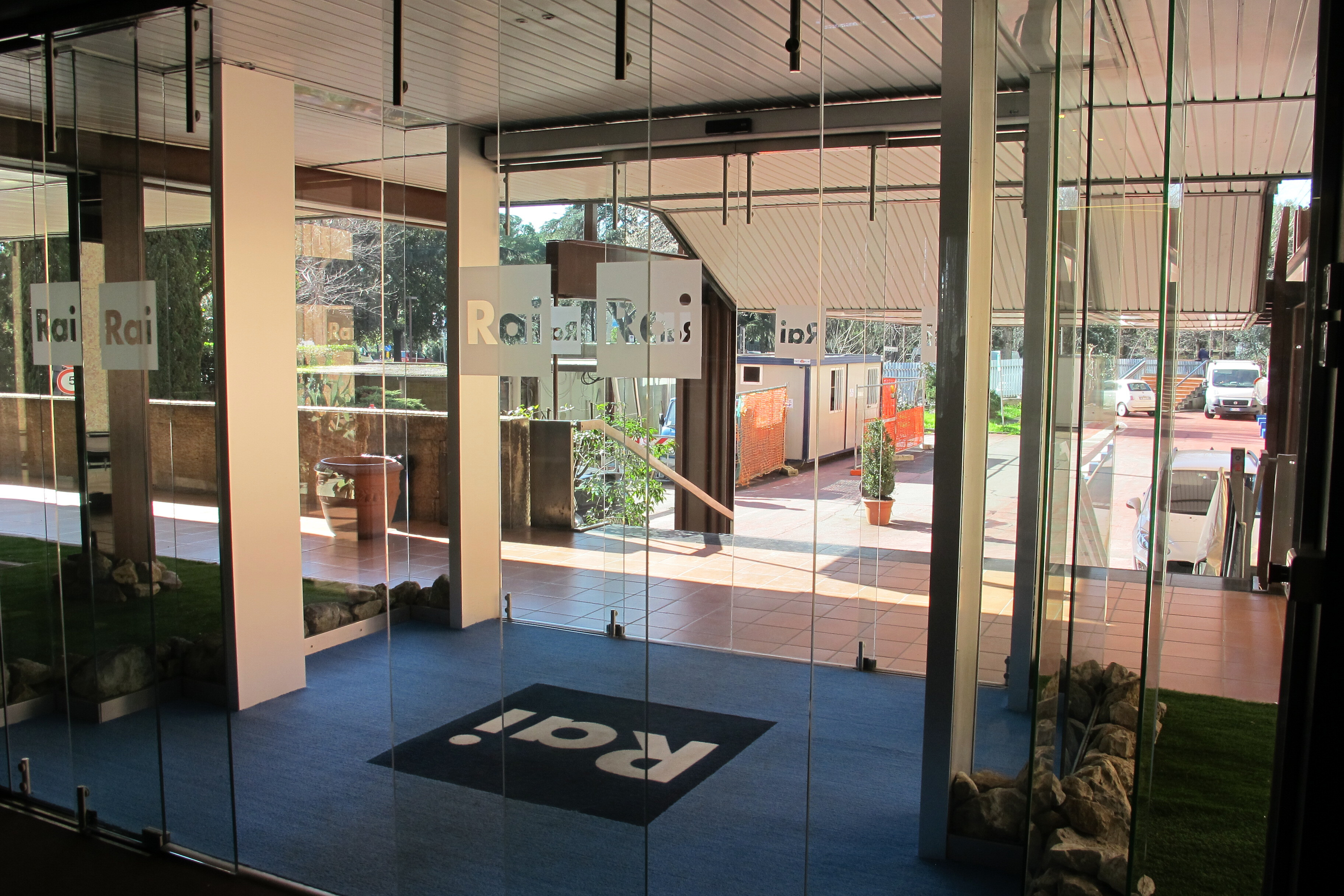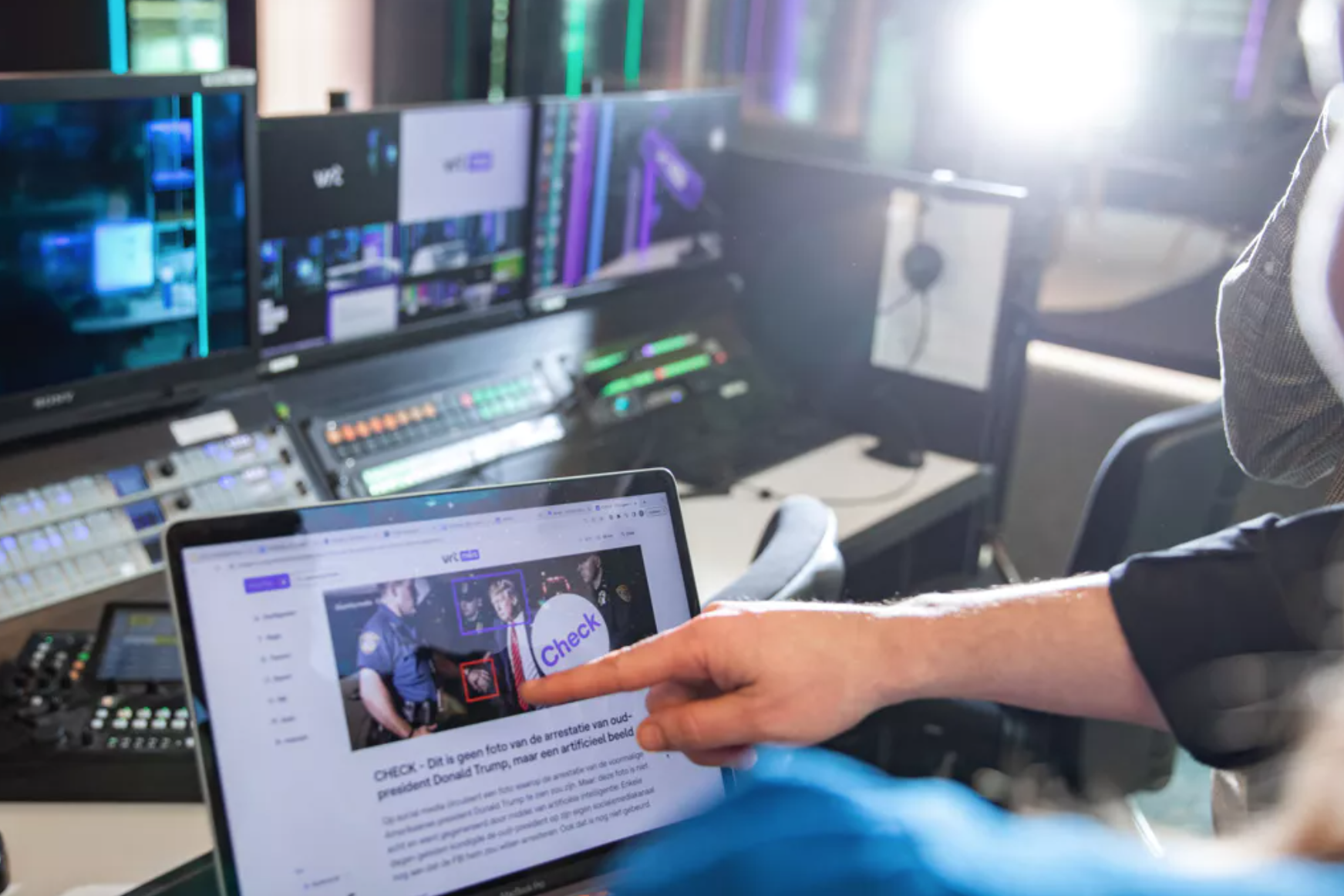INSIGHT
A media cordon as a shield against the far-right?
16 July 2024
Some countries, such as Belgium, have installed a cordon sanitaire and a cordon médiatique in an effort to prevent the far-right from gaining influence. Laura Jacobs from the University of Antwerp discusses how effective and feasible the strategies are long-term.

By Laura Jacobs, Senior lecturer & Guest Professor at the University of Antwerp
In Belgium, the far-right party Vlaams Belang (“Flemish Interest”) performed notably in the June 2024 federal, European, and regional elections. It achieved its second-best result with 22.7 percent of the vote share in Flanders. While Vlaams Belang did not surpass polling predictions that anticipated it becoming the largest party, it emerged as one of the election’s victors. However, an anticipated repeat of what some call “Black Sunday” did not occur.
Indeed, the original “Black Sunday” on November 24, 1991, marked a significant breakthrough for Vlaams Blok, Vlaams Belang’s predecessor. In the 1991 federal elections, the party won 10 seats in the federal Chamber of Representatives, and in several electoral districts it became the dominant political force, causing alarm among other parties.
“Black Sunday” was the direct cause for other parties to concentrate actions aimed at preventing the far-right from rising to power, adopting ostracisation measures. Eventually, a cordon sanitaire at the political level was installed, which, in effect, institutionalised the exclusion of Vlaams Belang.
A political and media cordon
Initiated by former Green party leader Jos Ghysels, the cordon was a response to Vlaams Blok’s controversial “seventy-point plan” on immigration, which was condemned as violating human rights. The cordon sanitaire is a formal political agreement, signed by nearly all political parties in Belgium (excluding the Flemish nationalist party New-Flemish Alliance N-VA and the far-left PVDA-PTB), to avoid any cooperation with the far-right. This comprehensive agreement prohibits any form of collaboration, including supporting legislative initiatives and government participation. It represents a strategic choice, institutionalising a moral stance, by political parties to diminish the far-right’s influence. The cordon sanitaire remains in effect today, successfully preventing Vlaams Belang from gaining power, with nearly all political parties adhering to the principle despite occasional threats to its stability.
Read more: How RTBF reaches young voters
In Francophone Belgium, a cordon médiatique was installed too. This media commitment avoids giving a direct platform to parties that advocate racist or discriminatory views on gender or culture. It was founded by the public broadcaster RTBF, and later expanded to the whole Francophone media sector. Journalists strictly enforce this cordon. The cordon entails collectively limiting or avoiding coverage of the far-right, refraining from featuring interviews or inviting far-right leaders to TV studios for news shows, debates, or talk shows. Politicians in Francophone Belgium also adhere to this agreement, refraining from direct debates with far-right politicians and parties. In Flanders, a media cordon has never been able to gain ground.
Introducing Research Insights
Research Insights is a new project launched by PMA in partnership with the International Association of Public Media Researchers (IAPMR), where we get leading public media researchers and academics to write on specialist subjects.
Read: Do bargaining codes have a future?
Read: Switching off: Young audiences, streaming, and public media

The effectiveness of disengagement strategies
Both types of cordons are integral to a ‘disengagement strategy’ designed to curtail the influence of the far-right in politics and society. But how effective are they? Research indicates that, alongside other factors such as internal divisions, lack of professionalisation, and organisational difficulties, the cordon médiatique has effectively halted the far-right’s consolidation in the Francophone political landscape. Combined with the political cordon sanitaire, it prevents the far-right from obtaining powerful positions and entering government, unlike in countries such as Italy, Sweden, or more recently, the Netherlands.
While a political cordon sanitaire aims to block the far-right from joining government coalitions, a media cordon serves as a preventive measure and a shield against growing normalisation.
The success of the media cordon extends beyond a mere political agreement: it impedes far-right ideas from gaining traction and spreading in mainstream media. This significantly reduces the visibility of the far-right, hindering the dissemination of their ideas and preventing their leaders from gaining widespread publicity.
While a political cordon sanitaire aims to block the far-right from joining government coalitions, a media cordon serves as a preventive measure and a shield against growing normalisation. Together, these strategies form elements of a political opportunity structure that diminish the perceived effectiveness and legitimacy of far-right actors.
Implications and feasibility on the long-term
While the cordon médiatique is strictly maintained in Francophone Belgium, the rising success of the far-right in Flanders has led to a process of normalisation among journalists, citizens, and politicians. A study by Léonie de Jong confirms that in regions where the far-right has performed well at the ballot box, journalists have become more lenient in their coverage. Although Vlaams Belang is still not treated like other parties—receiving disproportionately less media attention relative to their vote share and being banned from infotainment shows—they are invited to political talk shows, debates, and news programs.
Journalists’ views have shifted, mirroring the growing public scepticism towards ostracisation measures against Vlaams Belang. A significant portion of the Flemish population—not limited to the far-right electorate—now questions the cordon sanitaire, considering it undemocratic. The cordon médiatique, in particular, faces increasing scepticism.
This raises questions about the feasibility of maintaining a cordon sanitaire, especially at the media level, in a context where the far-right is already well-established. These developments have implications for the generalisability and utility of ostracisation strategies in other contexts where the far-right is gaining ground, notably in France and Germany. There are various reasons to assume that installing a media cordon is practically impossible; a political cordon sanitaire might be more viable, but this depends on the willingness of other parties to ostracise the far-right, which has proven to be inconsistent.

A counterbalance in the social media era
In the contemporary era, far-right parties, including Jordan Bardella of Rassemblement National (RN) in France, have invested heavily in social media platforms like Instagram and TikTok. These parties have been early adopters of social media as a political communication tool, enabling them to bypass the traditional gatekeeping role of journalists. This approach provides a cost-effective, low-threshold means of communication, allowing them to interact directly with their electorate and reach a broad audience. Moreover, the news values of conflict and negativity, along with social media features such as virality, visual focus, and personalisation, align seamlessly with far-right discourse. Consequently, the feasibility of maintaining a cordon médiatique is questionable, especially when politicians already have a visible presence on social media and can communicate directly with their electorate without gatekeepers.
Rather than implementing a cordon médiatique, journalists should critically and sceptically cover the far-right, rigorously verifying facts and avoiding the adoption of far-right narratives.
It might be beneficial to cover the far-right while adhering to principles that counterbalance their discourse on social media. A significant risk is that far-right parties, often populist in nature and inclined to blame elites for societal issues, may exploit a cordon sanitaire to portray themselves as victims. From a freedom of speech perspective, a cordon médiatique is also controversial, as it treads a fine line between free speech and hate speech.
The major challenge of a cordon médiatique lies in its effectiveness as a preventive strategy to thwart the far-right from gaining ground. However, its impracticality appears when applied retrospectively in contexts where the far-right is already successful and prominent. Instead, rather than implementing a cordon médiatique, journalists should critically and sceptically cover the far-right, rigorously verifying facts and avoiding the adoption of far-right narratives. This approach includes refraining from giving disproportionate attention to issues predominantly owned by far-right parties.
Hence, while the political and media cordon offer preventive measures against the far-right’s rise, their long-term feasibility and adaptability to new political landscapes remain uncertain.
About the author

Laura Jacobs is a Senior lecturer and Guest Professor at the University of Antwerpen
Related Posts
25th April 2024
Italian public broadcaster accused of bias ahead of elections
Rai journalists strike calling for…
3rd April 2024
VRT NWS is launching a fact-check marathon in the run-up to elections
With the approaching parliamentary and…
27th June 2023
“More than a tool”: RTVE uses AI tech to cover local elections
RTVE is revolutionising its approach to…



